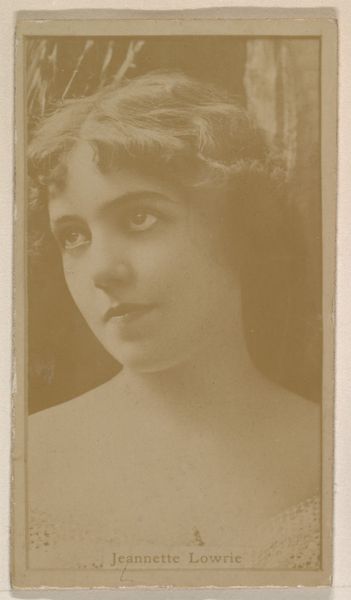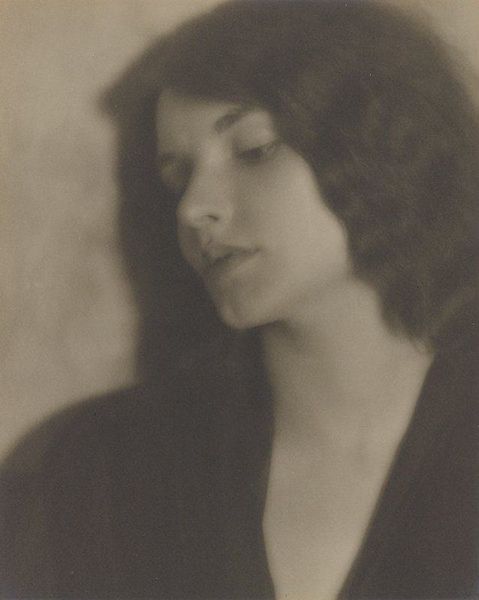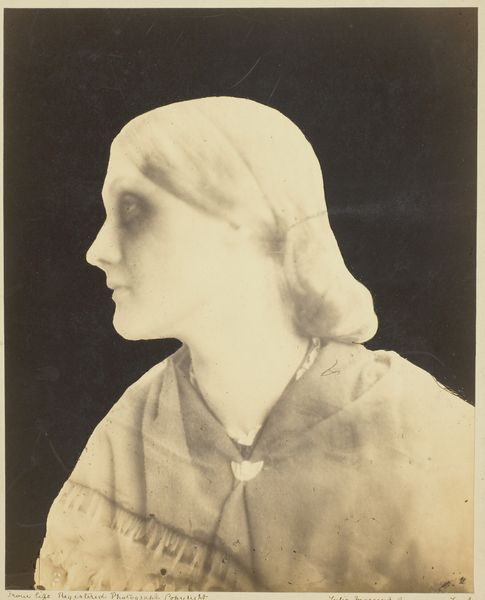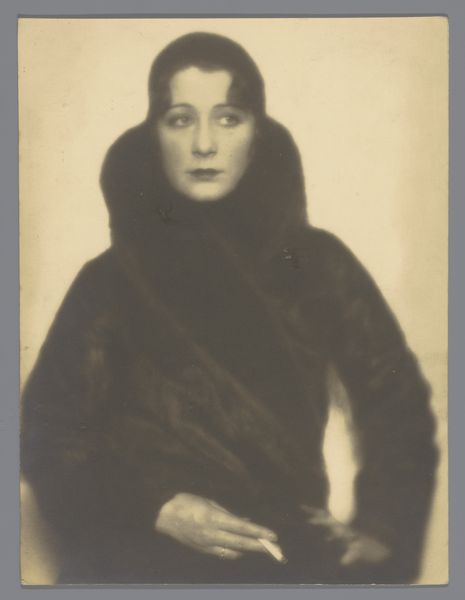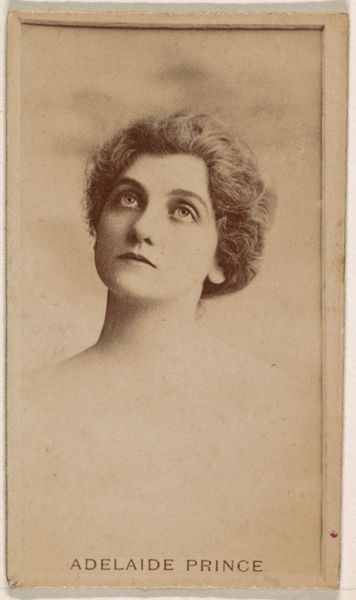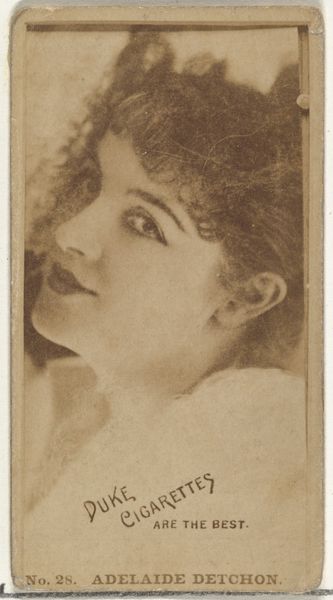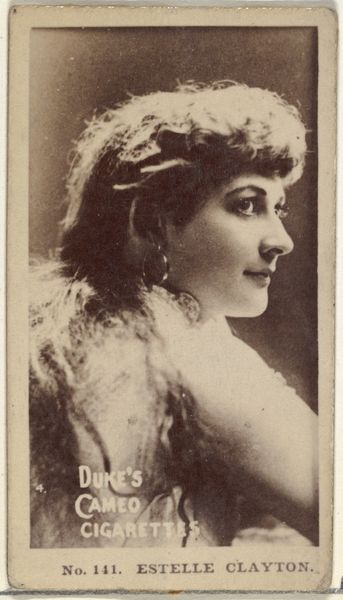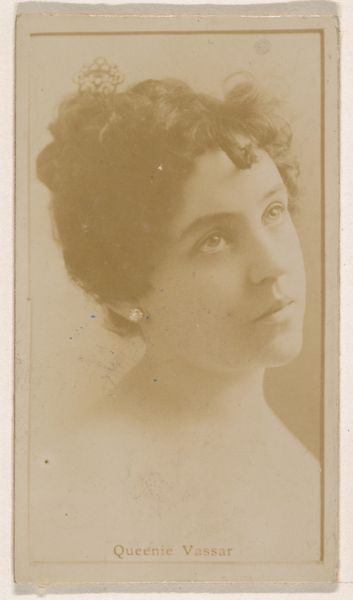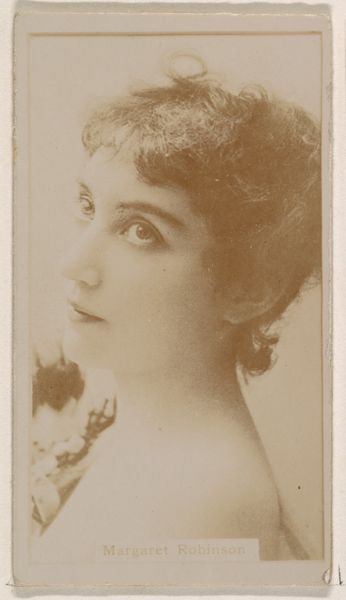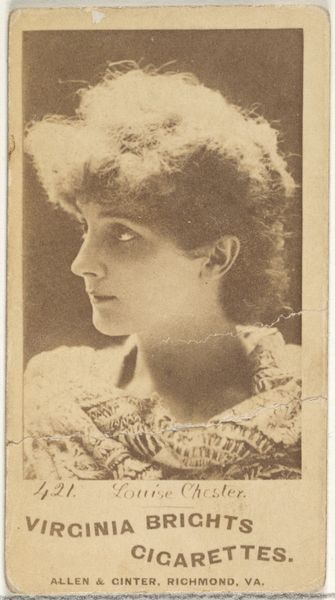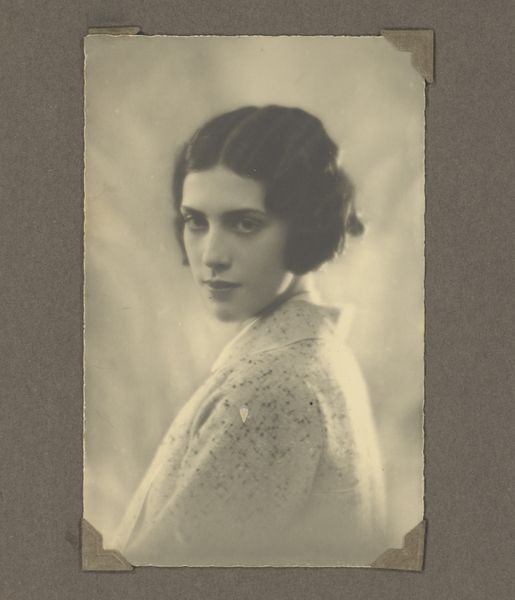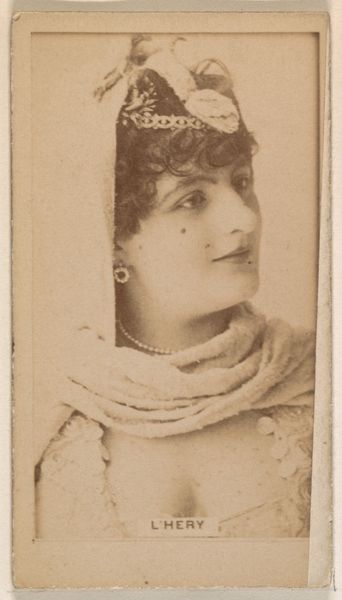
photography
#
portrait
#
photography
#
geometric
#
modernism
Dimensions: height 215 mm, width 187 mm
Copyright: Rijks Museum: Open Domain
Curator: Welcome! We’re standing before Tina Modotti’s 1925 photograph, "Portrait of María Marín de Orozco." Modotti, a pivotal figure in modernist photography, captured this striking image using, of course, photographic methods. Editor: Immediately, I'm struck by the simplicity. It's a study in angles, shadow, and light—the austere geometry softened by her gaze. There’s something hauntingly serene in the composition. Curator: Exactly. Modotti's use of photography during this time served a documentary purpose but was also an exploration into a shifting and emerging concept of identity and its cultural relevance, especially women's identity during the post-revolutionary era in Mexico. The print itself is gelatin silver. Editor: The stark lighting emphasizes her features, and the tonal range, those lovely grey values. Notice how the precise contours of her hairstyle echo throughout the image. It's a structured arrangement with an economy of detail. I'd argue that Modotti deliberately constructed this portrait to draw viewers’ eyes into certain areas to give form. Curator: Certainly. But also think about Modotti's political affiliations in the creation of this image. In post-revolutionary Mexico there was a deep interest in images which spoke of both the everyday, of a new concept of self, and the reality that some continued to live in very privileged conditions. In addition, there were discussions around photography's ability to show us the true nature of individuals. In addition to these contexts and motivations, it is also critical to observe Modotti’s active participation in political, cultural and artistic circles as critical factors to consider for this image. Editor: Interesting perspective, particularly how she plays with light and shadows in relation to geometric arrangements. Consider the soft blur of the turtleneck which frames her face, pulling attention towards that sidelong gaze, an intentional device that evokes an attitude, the expression becomes the dominant, defining attribute. Curator: And how this garment also speaks about social identity: The turtleneck, a sign of her class, yet its plainness challenges the expected symbols of status for its time, perhaps signaling modernism but always speaking of wealth, regardless. This material reading highlights the sitter's connection to socioeconomic hierarchies in revolutionary Mexico. Editor: That’s well-put. Seeing it as a narrative of modern class, certainly changes my earlier perception of its elegant simplicity. I was focusing primarily on aesthetics; now it feels richer, socially and artistically. Curator: Indeed, these many interwoven aspects are, ultimately, the beautiful layers within this one, expertly crafted photographic image.
Comments
No comments
Be the first to comment and join the conversation on the ultimate creative platform.
